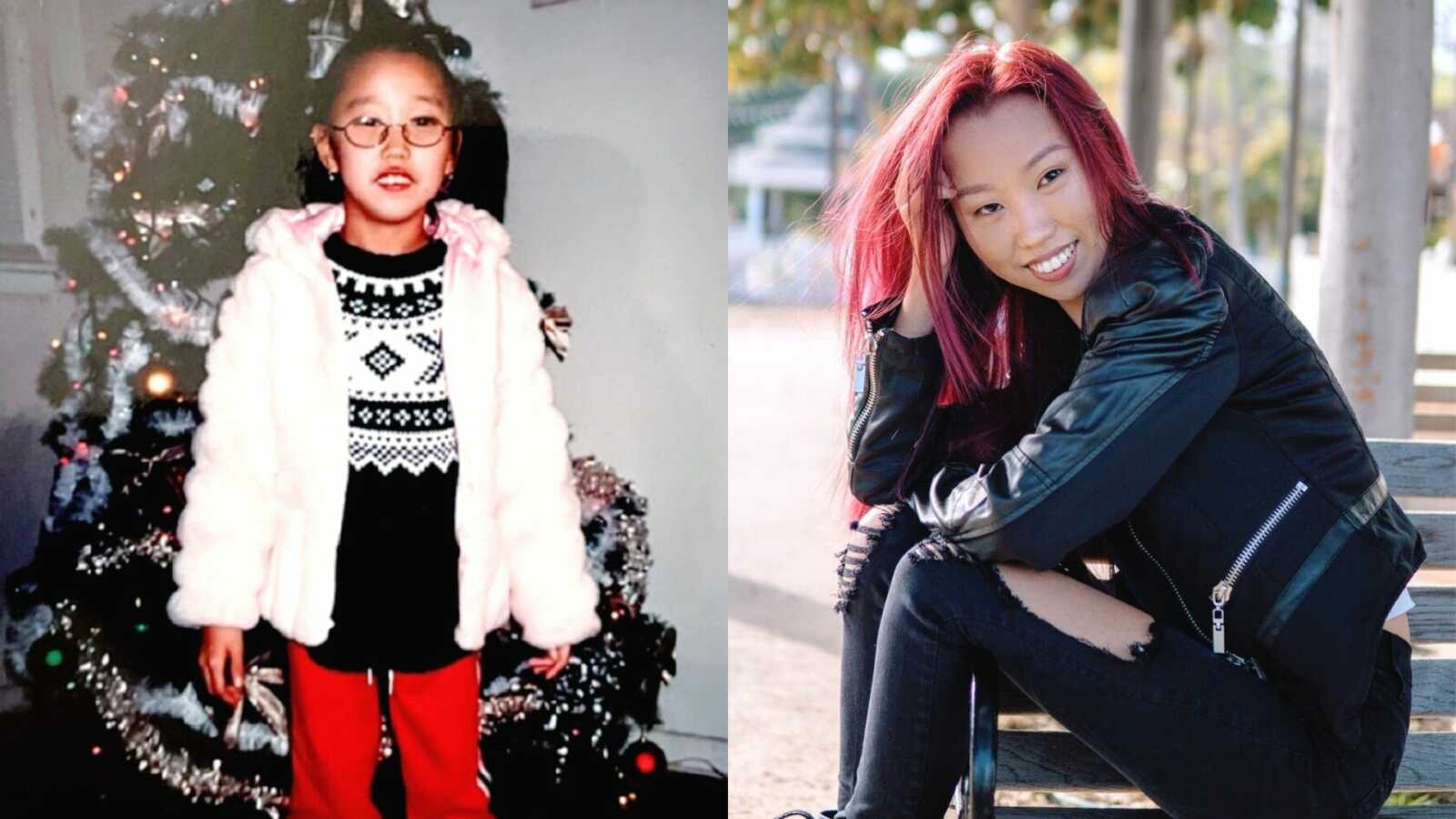Living With Disabilities
“My name is Gigi, and I am an aspiring model and DDA advocate. In many ways, I might seem like your average 20-something, but many would argue that I am not. Most days I wake up to my usual morning routine—clean myself up and get dressed, sit down for breakfast, and drive to work where I clock in hours at my retail job. However, in my free time, I daydream about stepping outside of my comfort zone and empowering others by sharing my experiences through my words and photos.
But why would anybody pay attention to me?
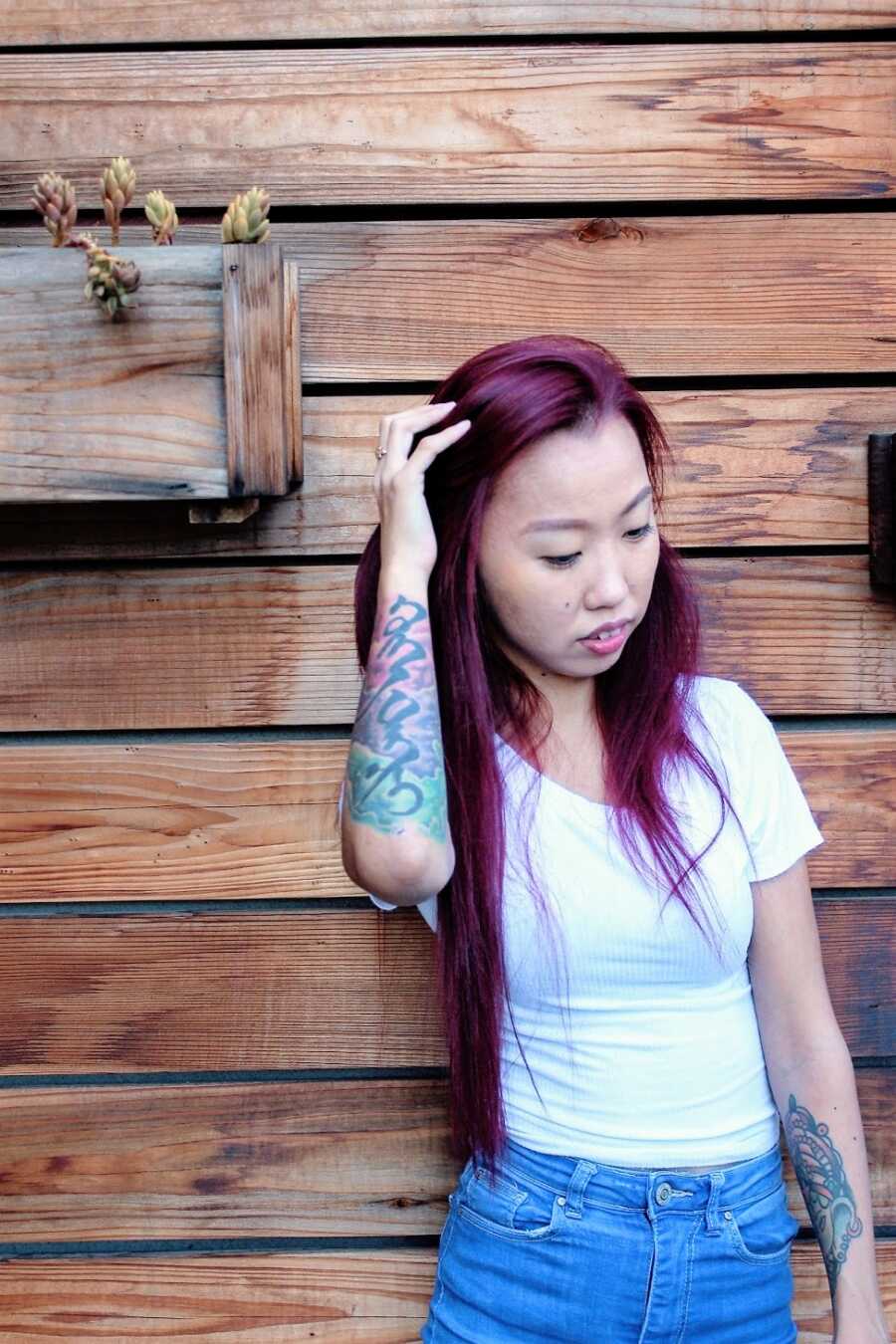
While my day-to-day routine might seem very typical of many working adults, it has been such a long road to get where I am. I share a similar story with many Americans who immigrated to this vast melting pot to lay the foundation for a better life, but my family’s story is a bit different.
What people might not realize is that behind the scenes, I often wake up to a mix of stiff muscles and spasms. I physically struggle to get out of bed, and it takes me well over an hour in the bathroom just to tie my hair away from my face, use the toilet, soap my body in the shower, and brush my teeth. I then dress myself, comb my hair, and occasionally, I might muster up the energy to put on a little bit of makeup. With the amount of time it takes to get ready, one would think I have one hand tied behind my back, or that I’m being a bit of a diva. This is usually because of the former, but some will tell you that it’s sometimes because of the latter.
I am then blessed to walk out to the dining table to nourish myself with a hot breakfast, usually a homemade waffle or omelet that my mom has prepared for me each day. It’s true that she does it out of love, but to some degree, it is also done out of necessity since it is challenging for me to open packages, chop and mix ingredients, and then safely cook with a hot pan and spatula. I then get into my car affixed with several adaptive features like steering wheel attachments and a backup camera, then drive myself to a job that I was finally able to get only after participating in an internship program for young adults with disabilities.
Cerebral Palsy Journey
So how did I get to this point? My mom gave birth to me prematurely while we were still in Mongolia, one month before my due date. Unfortunately, the delivery was a traumatic one that would impact our lives forever. Due to what I later learned were likely very faulty medical practices, my brain was deprived of oxygen and the doctor needed to administer several injections to my skull to save me. Even though I was eventually able to go home with my family, it was clear during the next few years that I was not hitting important milestones like my peers. I was unable to stand or walk independently, and I couldn’t speak clearly.
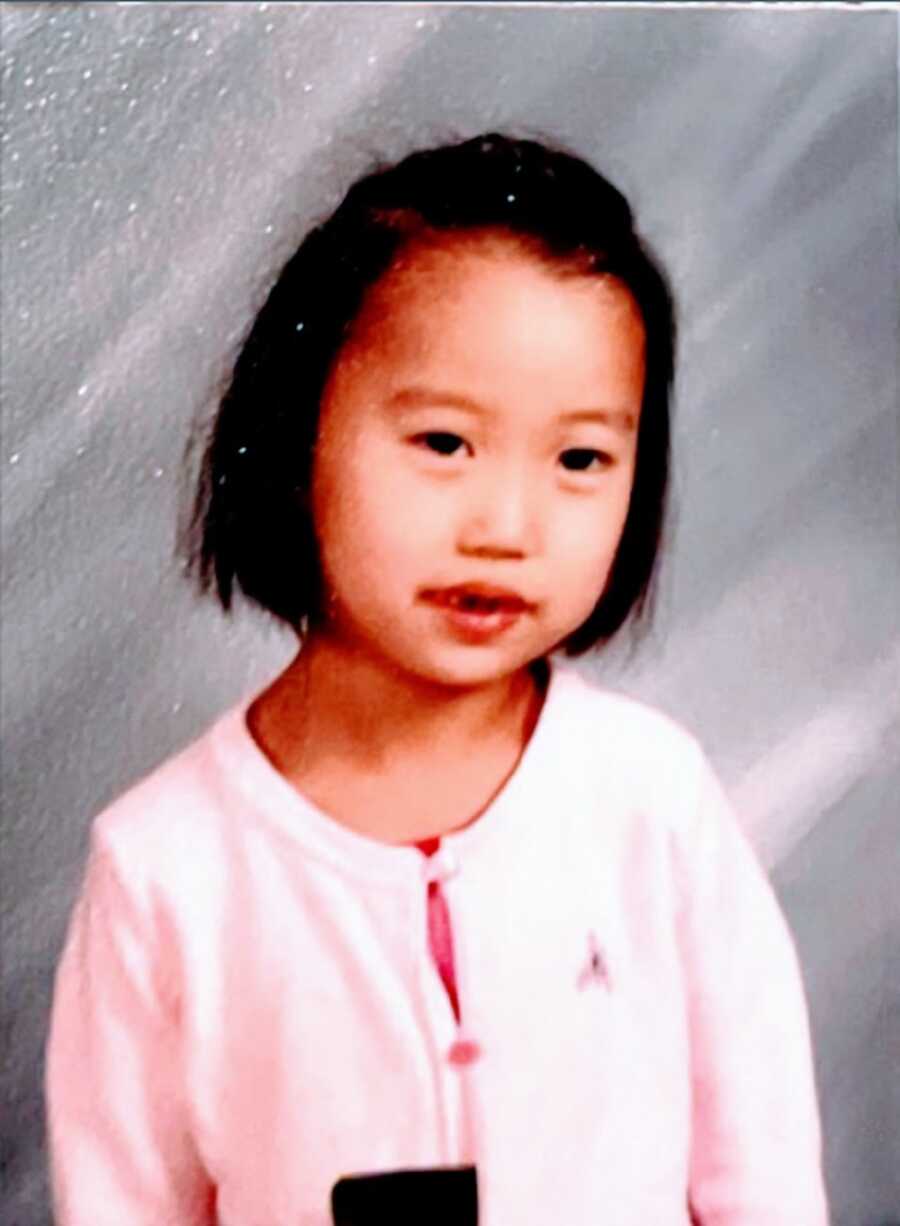
After my third birthday, doctors recommended that I attend a school for children with special needs. It was around this time I was diagnosed with cerebral palsy. This condition affects my gait, motor skills, speech, muscle control (especially the entire left side of my body), and overall coordination.
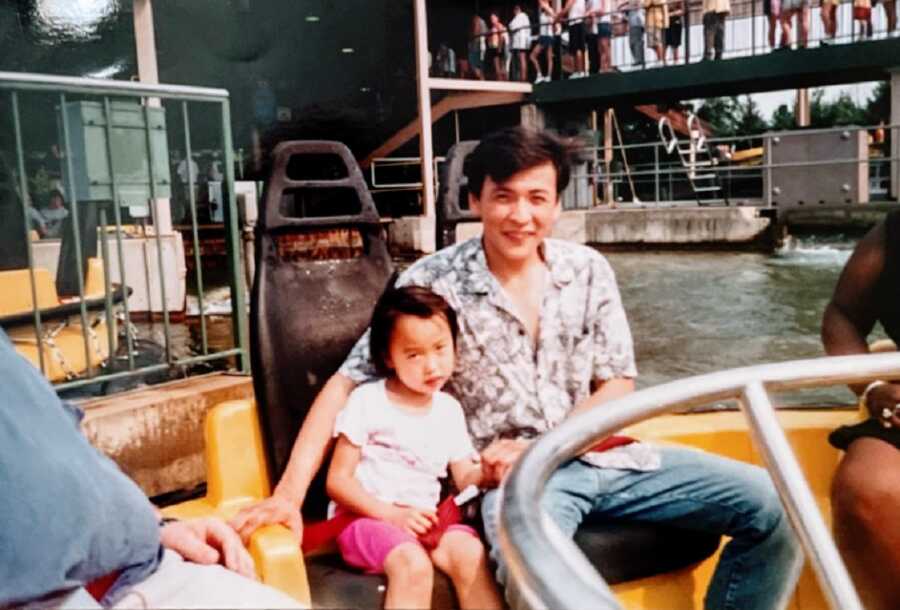
When I was six, my family decided to move to the US for a series of life-changing surgeries which gradually helped me to walk. Before that, I relied heavily on the use of equipment such as leg braces, a walker, or a wheelchair. When my dad was still alive, he would also carry me around because he hated seeing me struggle, but as you can imagine, that got a bit awkward as I got older. Seriously, imagine seeing a 9-year-old being carried around everywhere!
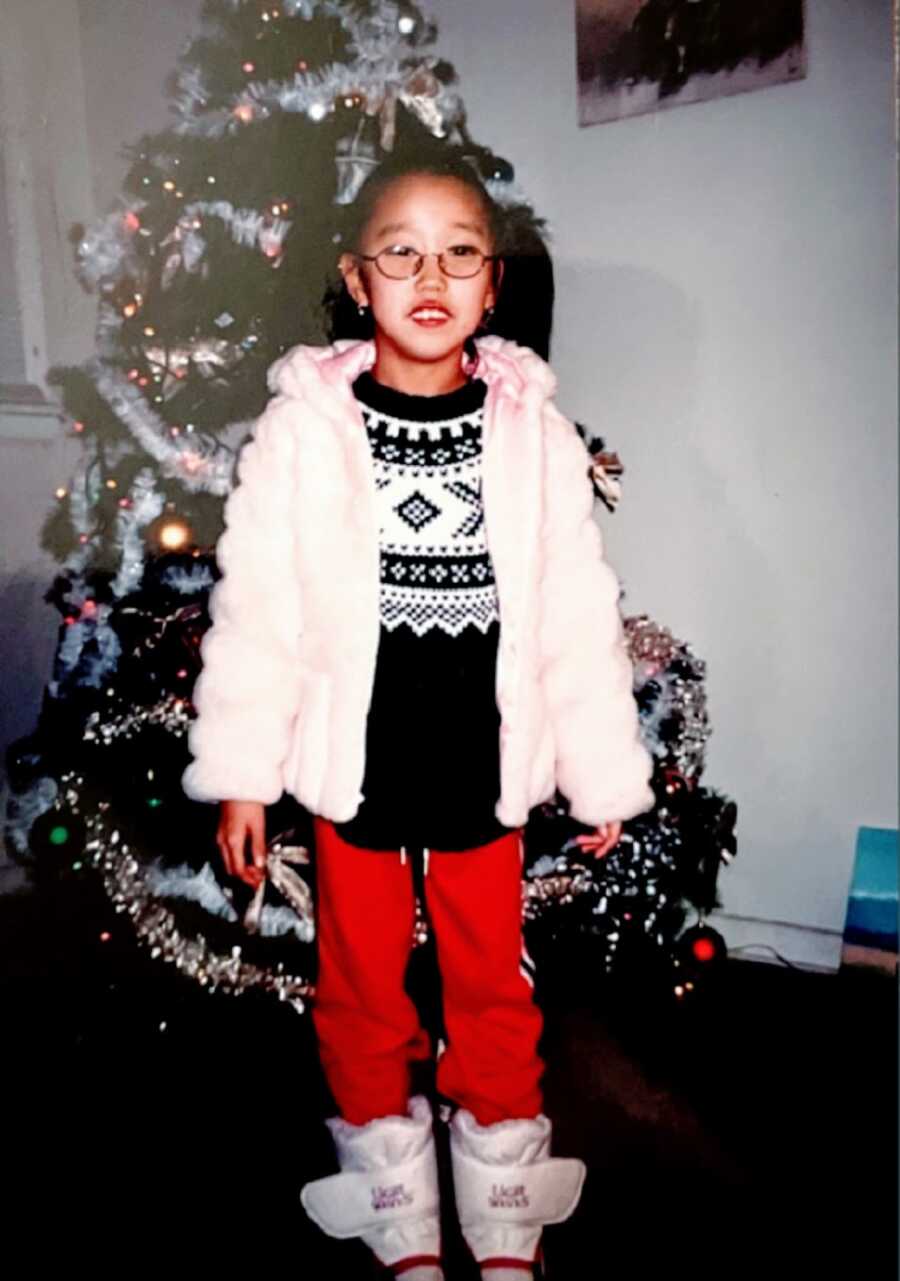
He passed away unexpectedly in my teenage years, and I miss him every day. Life for our family became even more challenging as he left behind my mom, who was now a widowed single mother, my 18-year-old brother, who enlisted in the Navy to help support us financially, my baby brother, who was only one year old at the time, and of course me, with my special needs.
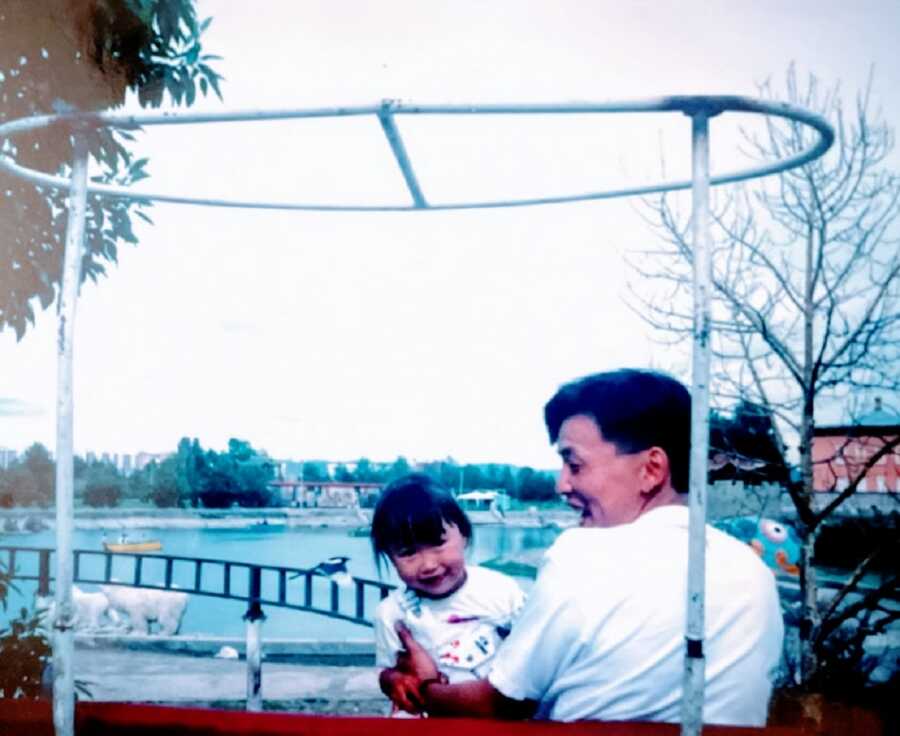
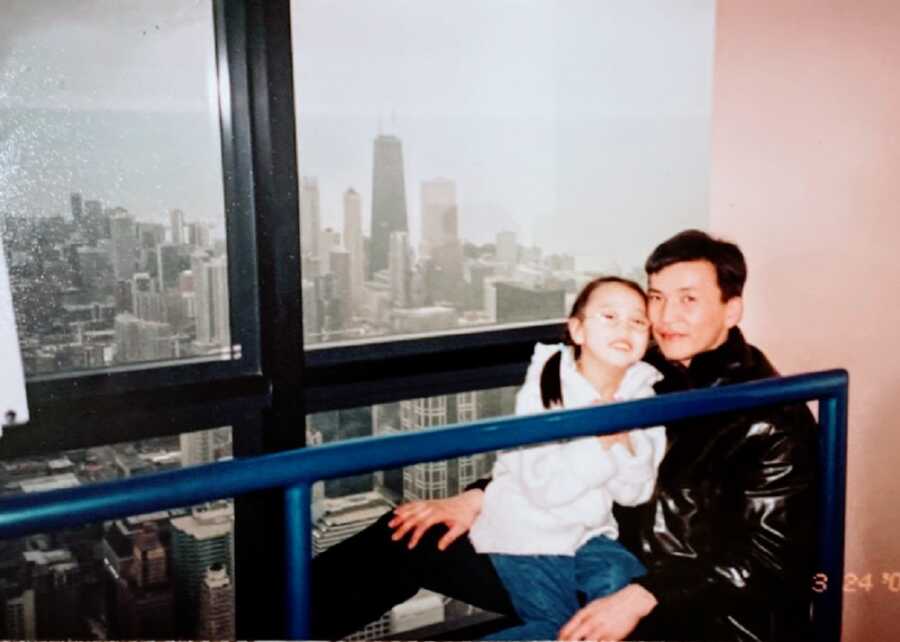
Since I’ve had cerebral palsy since I was born, it wasn’t always so obvious to me how it affected my life. In retrospect, as an adult, I do notice a lot of differences now.
Early on, I was more of a loner and mostly hung out with adults since they tended to be more polite, were less inclined to stare, and didn’t constantly bombard me with awkward questions. I tried to play with kids my age sometimes, but it was often uncomfortable. I even remember the turning point when I knew for sure I was different.
In third grade, I was at recess playing jump rope with a couple of classmates. I couldn’t jump, but I had a blast turning the rope which was something I could easily do with my right hand. A little boy who I barely knew came up to me and asked me why I walked and talked funny. Mind you, this was the first school I attended in the US, and I didn’t really know how to respond except to tell him I was born this way. The next day, he came back up to me and told me that his mother explained to him that I was ill. For some reason, what he said hit me like a ton of bricks and made me feel sick—not only was I different due to my cultural background, but I was seen by others as sickly on top of it. The last thing a child wants to be told is that they’re weird or they have ‘cooties’ in any shape or form, and that experience was the first time I felt that way.
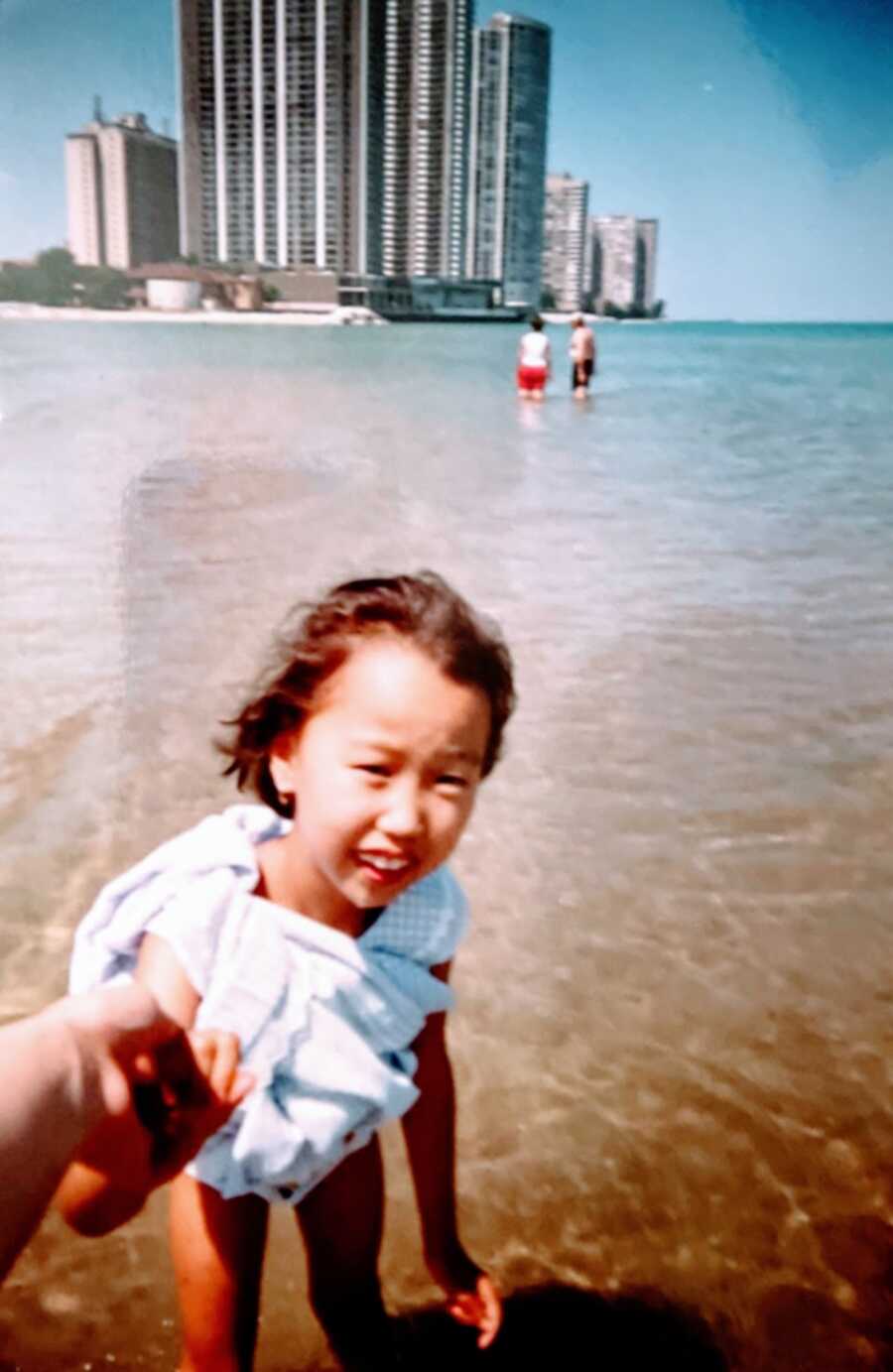
By middle school, the schoolyard teasing seemed to subside a bit, but my differences felt even more apparent. I was separated into a special ed classroom where disabled children, regardless of their specific needs or abilities, were lumped together. Truthfully, I didn’t like that we were all taught the same thing even though we had different strengths. I often felt unchallenged and ultimately bored in many subjects. I suspect many of my classmates felt the same way. Even gym class was the same. My coaches tried to be overly cautious because of my disability, but I ended up sitting alone and entertaining myself while the other kids got to run, condition their bodies, and play team sports.
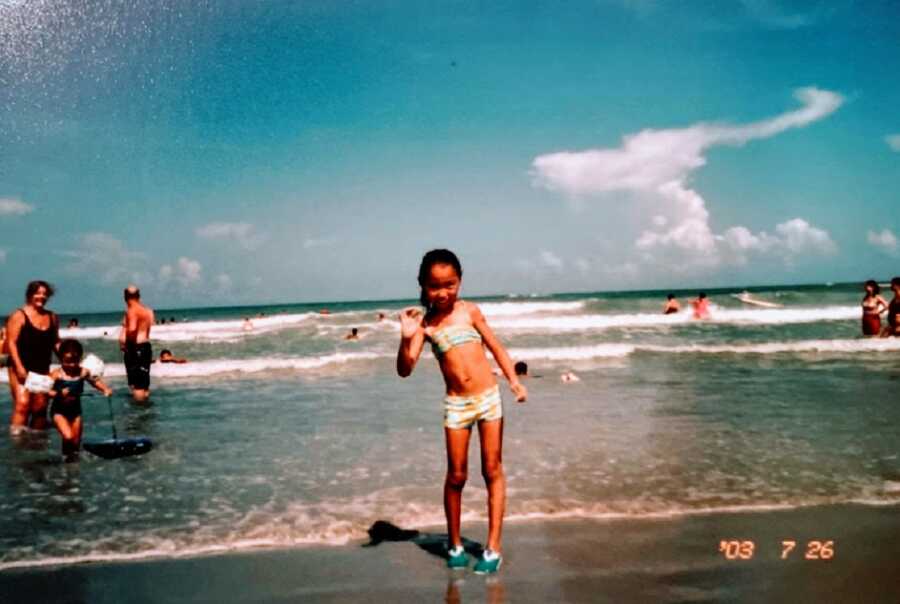
By the time I got to high school, I felt like I was a pro at minding my own business and being ‘rubber not glue’ when it came to people’s comments about me. Not only did I start accepting my uniqueness, but I also started embracing it. Instead of making myself small and invisible, I did the opposite with my wild, colored hair, ripped jeans, and edgy fashion choices. I really loved fashion and wanted to maybe even be a designer someday. My experience wasn’t all puppies and rainbows, though.

Feeling Defeated
I remember an incident when I was talking with a boy during passing period, and a girl rudely interrupted me and talked over me. I’d like to say I took the high road, but instead, I got irritated and called her a loudmouth. Of course, she defaulted to insulting my disability, calling me a ‘crooked Asian girl.’ I’m glad to say that incidents like this didn’t bother me too much. I did my best to focus on more positive things, including the several random classmates in the hallway who stood up for me and told that girl to leave me alone. Yes, some people can be cruel, but I’ve learned that far more are decent human beings.
Just when I felt like I had mastered navigating high school, graduation had come and gone and I felt like I was launched into the cold, cruel world. Okay, maybe I’m being a bit dramatic, but I definitely felt that was the turning point of when my self-doubt and depression kicked in. I realized my life was at a standstill while my peers were gaining independence and finishing college, starting families, and joining the workforce.

I felt frustrated when I couldn’t do the simplest of things. I couldn’t wear cute heels to a party or go out to a fancy restaurant without worrying about needing help cutting my steak or remembering to wipe food dribbling out of my mouth. I was even nervous to have conversations with new people since it usually takes a while to develop an ear for how I speak. Even though I did take some college courses, I often felt ashamed of always having to ask for help or request accommodations and decided dropping out was easier.
I assumed that since half my body was so weak, I wouldn’t be able to drive either. Even when I learned about adaptive driving, I had a debilitating fear that my body would ‘glitch out,’ and I would lose control of my vehicle. I felt like I couldn’t do many entry-level jobs because I could not fulfill some of the basic demands such as lifting, speaking with customers (even worse over the phone!), or doing anything that required two hands. It basically felt impossible and staying at home and feeling sorry for myself wasn’t making things better. I felt socially isolated and almost began to accept that this would be the rest of my life forever.
Changing Mindsets
Eventually, I learned to single-handedly pull on my big girl pants (literally and metaphorically speaking) and decided that even though I might not have been dealt the most ideal hand in life, even though my circumstances didn’t seem ‘fair,’ it was still 100% my responsibility to make the most of it. As weird as it might sound, I think that my mom allowing me to get a puppy helped me to realize that if I was capable of loving and caring for another creature, I could do the same for myself! I also realized that more than anything, it was my pride standing in the way of getting the support I needed to move forward.
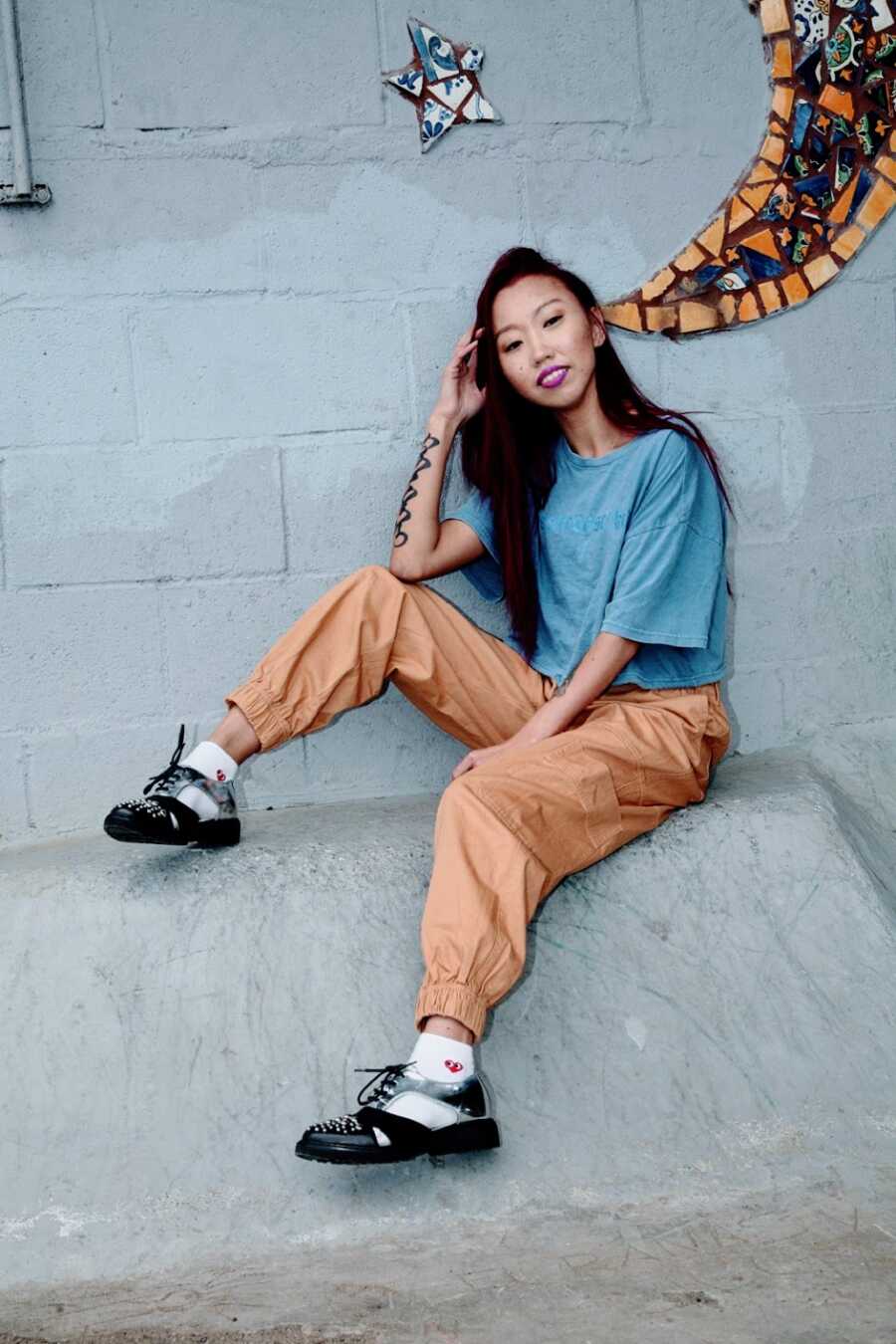
It’s quite transformative when you realize it’s the small changes that lead to bigger accomplishments. In the last few years, I’ve made some big changes. I finally decided I needed to get out of the house and that being able to drive could help to make this a possibility. My adaptive driving coach prepared both my body and mind to adapt to the stressors of the road. In addition, I had an independent living service worker who came to my home to help me do everyday tasks more efficiently. I also accepted help from my many job coaches when it came to getting support at the workplace, becoming more involved in my community, and exploring activities that would bring me joy. Today, I can proudly say I’ve even enjoyed experiences such as skydiving, horseback riding, and travel. Gosh, I love traveling even if the whole world is not quick to accommodate those with disabilities.
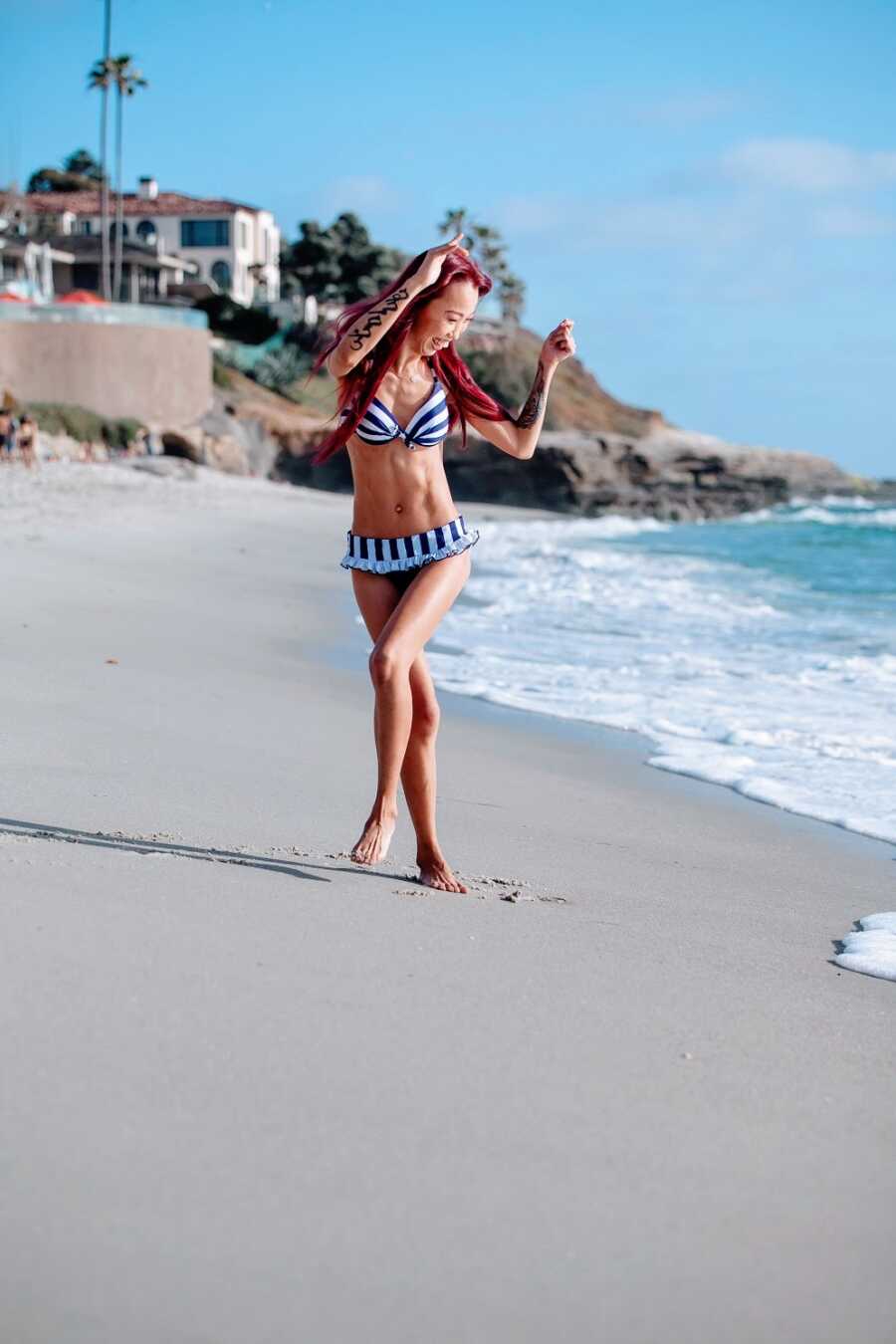
Even though my mind and body might not be perfectly synced, even though I still need to visit a laundry list of medical professionals to keep my mind and body strong, and even though it’s become the norm to ask for help from my team of support workers to do things like communicate on the phone or even to write this article, I realized I am the one running my show. I have made it a goal to continue with this forward momentum and to allow those who want to help to be part of my journey.
So how does the whole inclusive modeling thing come into play? Well, naturally, great photos are the perfect complement to a great story. While documenting my journey, I realized how much I enjoy being in photos. Even though collaborating with local photographers was nerve-wracking, I can at least say I have a handful of experiences under my belt, and I look forward to doing even more! Seeing myself as the subject of these beautiful photographs made me feel confident and fierce, and I noticed from the feedback from friends and family that they also have a positive effect on others. Because of this, I have included modeling as part of my journey and will continue to do it as long as it sends a powerful message that it is okay to feel both frustrated by the challenges you face and empowered by them at the same time.
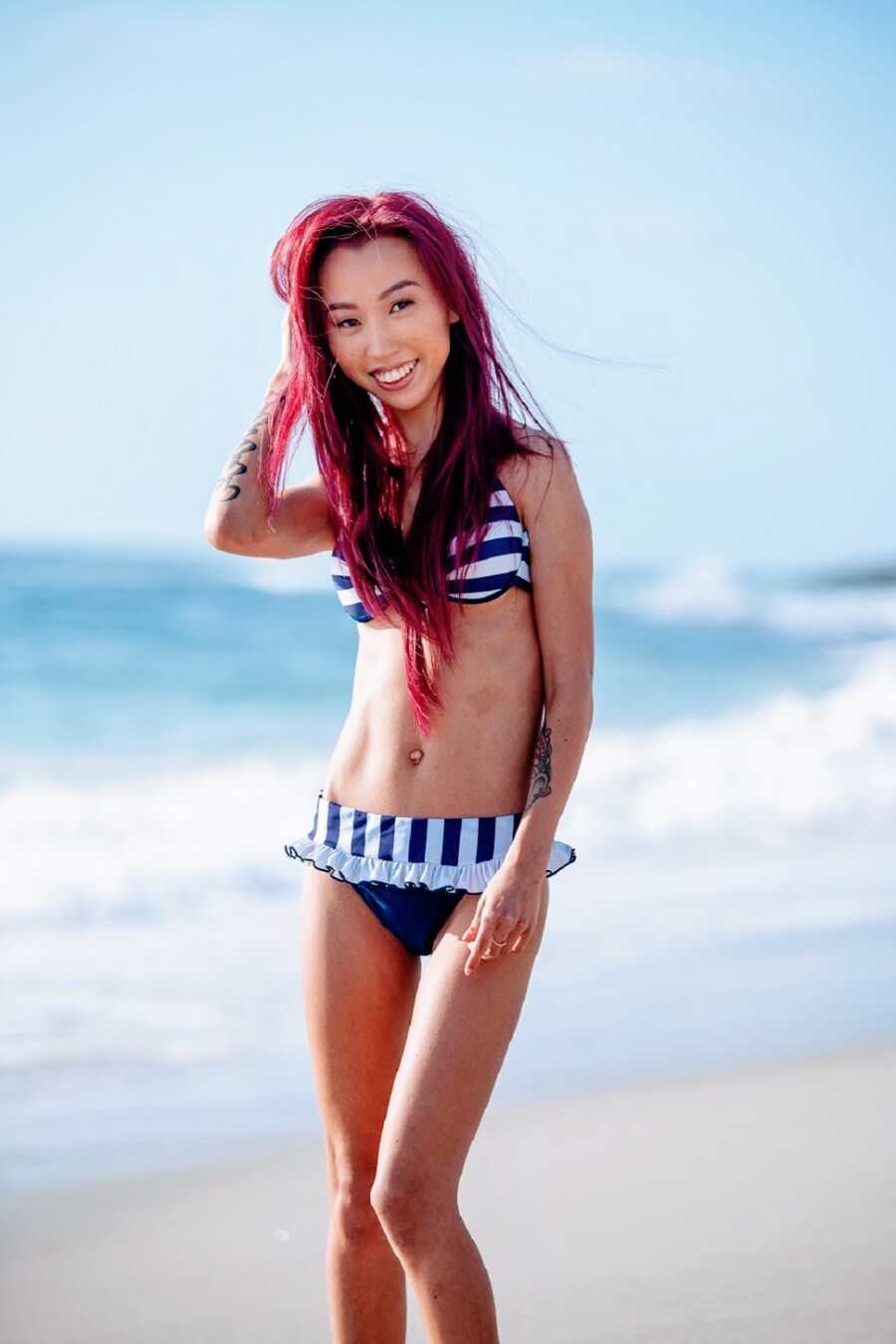
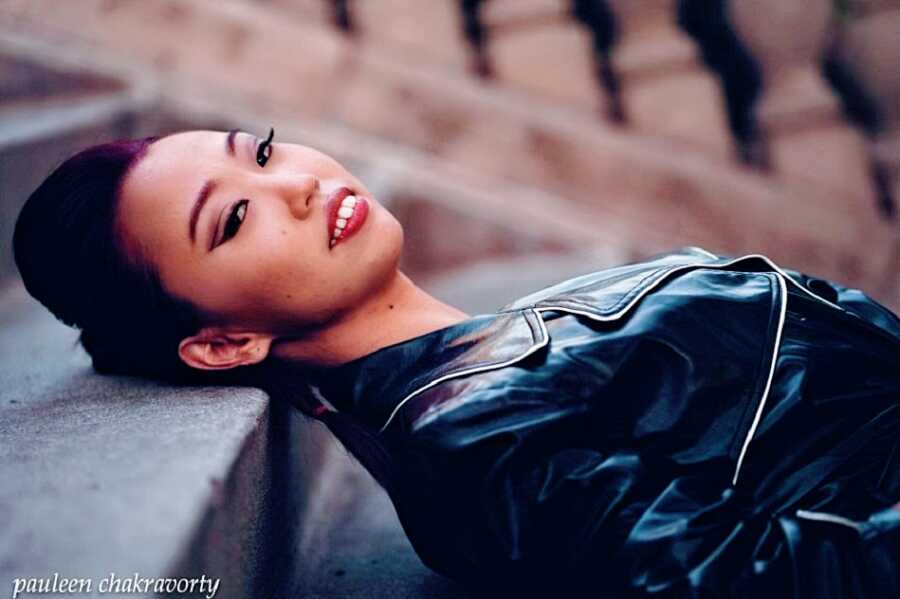
Truthfully, with life’s twists and turns, I can’t say for certain where my modeling, advocacy, and blogging will take me. What I do know is that people are watching, people are inspired, and that matters. If my work continues to allow people to imagine what it feels like to walk a day in my fancy customized orthotic shoes, then I’m all for it! People with disabilities, both visible and invisible are out there, and not only do we deserve a chance to be part of society, but we also deserve a chance to be in the spotlight.”
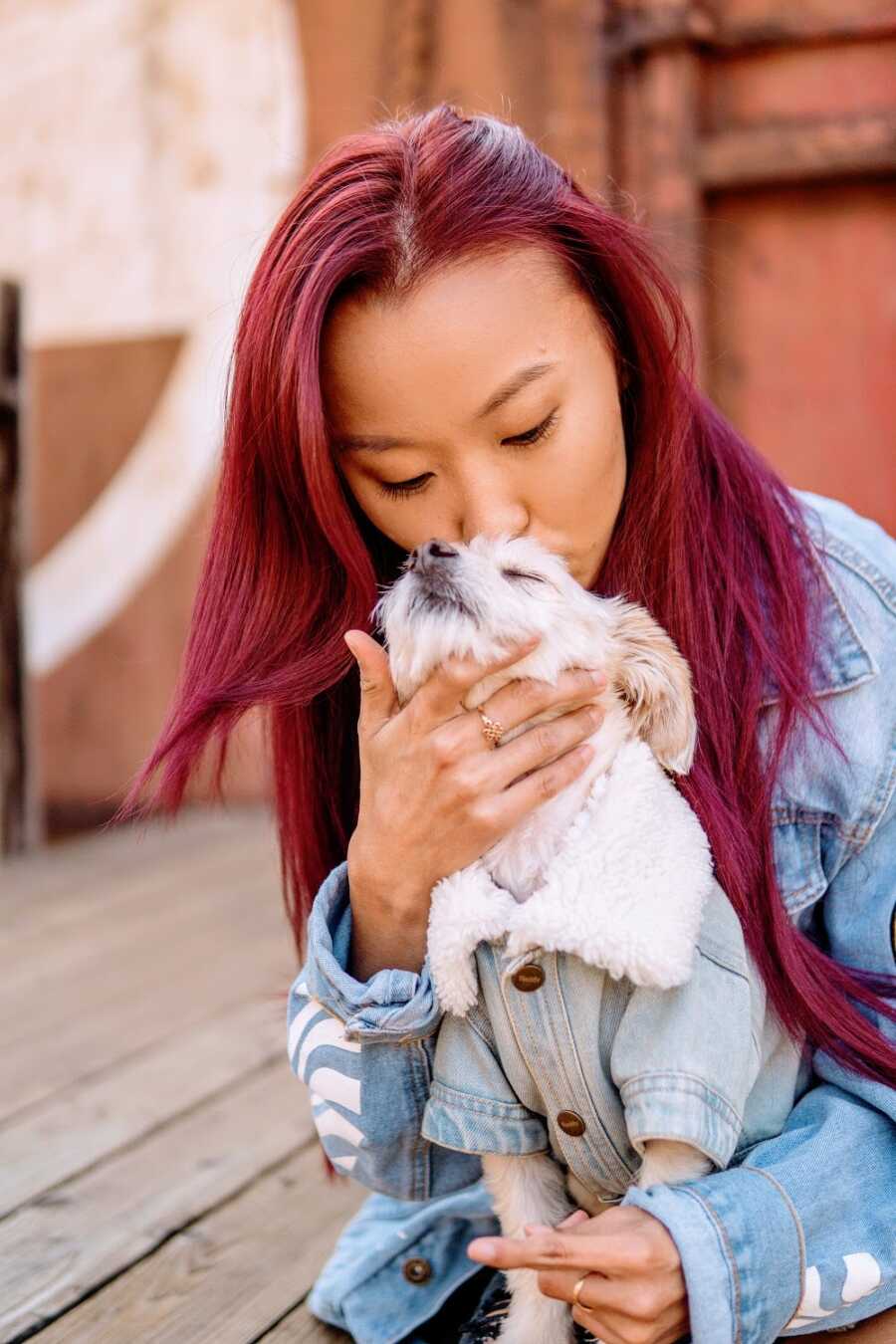
This story was submitted to Love What Matters by Gigi M. of San Diego, California, and was co-written by her job coach, Anabel Cuenco. You can follow her journey on Instagram, Facebook, and her website. Submit your own story here, and be sure to subscribe to our free email newsletter for our best stories and YouTube for our best videos.
Read more stories like this here:
SHARE this story on Facebook to help celebrate unique and beautiful differences!

